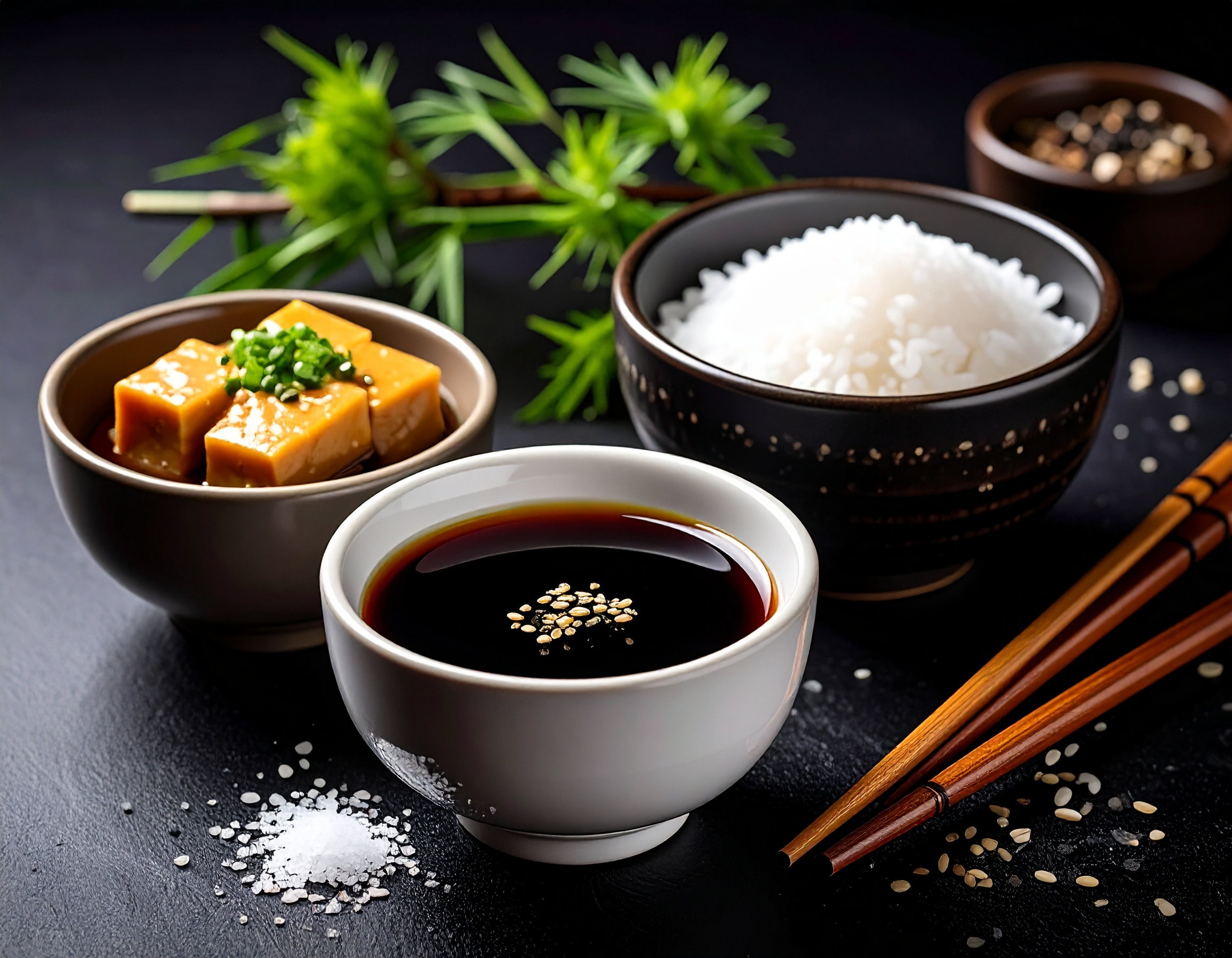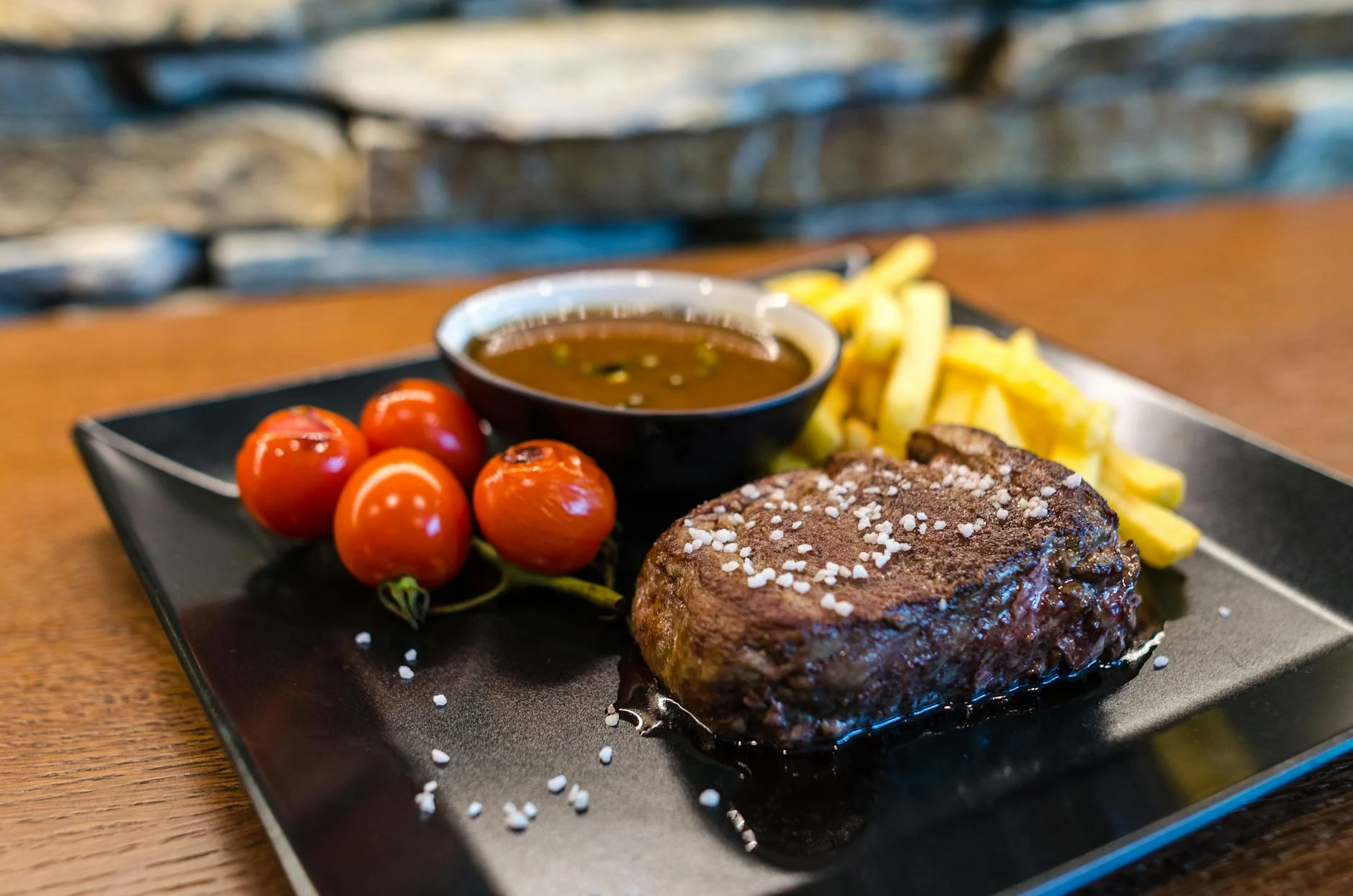Today, ramen is beloved across the globe—a true emblem of Japanese culinary identity. Its diversity is staggering: from rich tonkotsu broths and dried sardine infusions to creamy chicken paitan and seafood-based double soups, alongside the classic flavor profiles of soy sauce, miso, and salt. Every city boasts its own signature bowl, shaped by local tastes and regional pride. Yet beneath this remarkable variety lies a common origin deeply intertwined with Japan’s centuries-old dashi culture.
The earliest form of ramen arrived in Japan in the late 19th to early 20th century, introduced as a Chinese-style dish. These initial versions featured a light broth made from chicken bones or pork, seasoned simply with salt or soy sauce. However, as the dish adapted to the Japanese palate, it began a distinct evolutionary journey—becoming what we now recognize as Japanese ramen, layered and nuanced in flavor.
At the heart of this transformation was dashi—the foundational broth of Japanese cuisine. Derived from ingredients like kombu (kelp), katsuobushi (bonito flakes), dried sardines, and shiitake mushrooms, dashi forms the backbone of traditional Japanese cooking, offering a blueprint for constructing delicate yet deeply flavorful dishes. When applied to ramen, this philosophy introduced a new level of umami complexity, elevating it beyond a simple salt- or soy-based soup into a rich, multidimensional experience.
Consider the classic soy sauce ramen, one of the earliest and most enduring styles. Its broth typically combines chicken or pork bones and vegetables, enriched with layers of dashi made from kombu and katsuobushi, then finished with a soy-based seasoning (tare). This careful orchestration echoes the techniques of suimono and nimono in traditional washoku, making it a taste that resonates naturally with the Japanese palate.

Miso ramen, though a relatively recent development, embodies a deeply regional identity by centering miso—Japan’s traditional fermented seasoning. Especially prevalent in colder regions, its rich, warming character is often paired with vegetables and garlic to create a hearty, assertive flavor. Yet even in this bold composition, dashi remains indispensable. The subtle addition of dried sardine or seafood stock lends the miso a layered complexity, adding structure and clarity to its natural depth.
Shio ramen, by contrast, is an expression of restraint and purity. With its clear broth delicately seasoned with salt, this style allows the inherent quality of each ingredient to take center stage. The umami drawn from kombu and dried shiitake is understated yet refined. Because of its simplicity, every element—from ingredient freshness to precise heat control—must be flawlessly executed. Among connoisseurs, shio ramen is often considered the genre that most honestly reflects a chef’s true skill.
The regional variations in ramen throughout Japan are shaped not only by local taste but also by environmental factors—water quality, climate, available ingredients, and most notably, local dashi traditions. Coastal regions emphasize seafood and dried fish stocks, while mountainous areas may rely more on mushrooms and vegetables. The types of miso and soy sauce vary from region to region, directly influencing the character of the ramen itself.
What is perhaps most remarkable is that dashi, the quiet backbone of flavor, continues to support ramen from behind the scenes. Though often invisible in the bowl, the umami of kombu or dried bonito gradually unfolds on the palate, leaving a lingering resonance. This orchestration of subtlety reflects Japan’s long-standing mastery in “flavor design”—a culinary sensibility that allows ramen to transcend comfort food and enter the realm of refined experience.

Today, the world of ramen has entered a new era of sophistication—one where dashi plays a pivotal and ever-expanding role. Modern ramen chefs are exploring a diverse map of umami, incorporating broths made from duck, shellfish, and vegetables, as well as complex multilayered stocks built from an array of dried ingredients. Some even employ non-heat extraction techniques, allowing flavors to unfold slowly and naturally. In this way, ramen has evolved beyond its humble origins, stepping confidently into the realm of gastronomy—guided quietly, but decisively, by dashi.
This commitment to broth also reflects a shift toward natural flavor building, moving away from artificial seasonings in favor of purity and nuance. Through the philosophy of subtraction, chefs are crafting bowls that are not only richer in depth but also gentler on the body. In this culinary climate, the value of dashi has never been more profound.
Ramen, then, is not merely a borrowed noodle dish. It is a cultural reimagination—a reinvention through the lens of Japanese dashi tradition. Every choice, from soy sauce, miso, or salt as seasoning, to the intricate design of the broth itself, reflects centuries of Japanese taste and culinary philosophy. Each bowl becomes a vessel of memory and meaning.
Far from being confined to casual “B-grade” fare, ramen today stands at the forefront of Japanese cuisine. It is a meeting point of tradition and innovation—where meticulous craft, local identity, and creative vision converge. And always, at its heart, there is dashi: unseen, yet profoundly felt. It is this quiet presence that sustains ramen’s true allure.




